This was published 11 months ago
Feminist economist raised women’s status leading to equal pay demands
By Stuart Rosewarne
MARGARET POWER: 1941 – 2024
The passing of the feminist economist Margaret Power is a reminder of the battles that were fought to challenge a world in which women were regarded as second-class citizens.
A doyen in her determination to expose and end the institutionalisation of this convention, Margaret joined the economics department at the University of Sydney. She soon turned her attention to researching and unveiling the bases of women’s economic disadvantage. This is a legacy that has continuing resonance; several advisors to the current federal minister for women have benefited from Margaret’s tutelage.
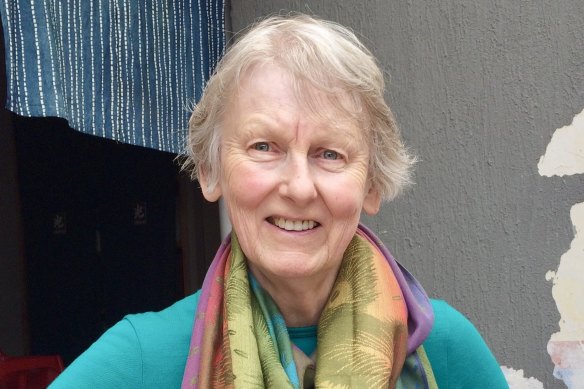
Margaret Power’s work helped expose the structural inequities that disadvantage women.
Margaret was born in Sydney in 1941, the daughter of Frances D’Arcy Power and Elizabeth Hamilton Meade (nee King), the middle sibling to older brother D’Arcy and sister Philippa. Margaret’s early years were spent on a sheep farm near Inverell, in northern NSW, before the family moved to a fruit and vegetable farm in Cleveland, near Brisbane in Queensland, at the end of the war. Margaret’s father died when she was in her early teens and the family relocated to Bellevue Hill in Sydney where Margaret and Philippa attended Kambala.
Upon matriculating, Margaret took the unusual step of enrolling in a bachelor of economics at the University of Sydney. This would have been quite daunting because there were very few women studying economics and still fewer teaching. It was all the more challenging because in her final year she was the only student enrolled in a core subject taught by one of the professors who she found intimidating.
Upon graduating, Margaret was offered and accepted a position at the Bank of New South Wales. She did not last long. Ironically, her former professor, who regarded her as his star student, persuaded her to give up a career at the bank to take up a position as senior tutor at the university’s department of economics.
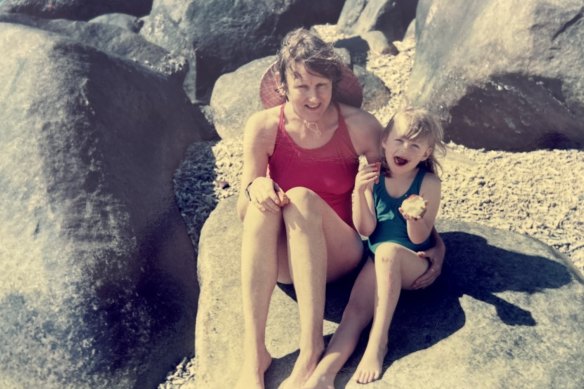
Margaret Power with her daughter Hannah at the beach.
Margaret entered an institution more cloistered than the bank, a world in which male professors ruled the academy. This was compounded by the study of the economy that was premised on the behavioural characteristics of a model of the economy premised on notion of the independent and rational economic man, or homo economicus.
There was no place for considering those activities that occurred outside the money economy, such as consumption and social reproduction. Women’s role as the primary caregivers and their contingent participation in paid part-time and casual work were ignored. Margaret would radically change this, and, in the process, transform the focus of the discipline at the university.
Sydney in the 1970s was undergoing a dramatic social transformation. A wave of new social movements was actively challenging the remnants of conservative social norms. A burgeoning women’s movement was asserting the urgency of the need to contest discrimination and to address the resultant women’s disadvantage.
Margaret was swept along on this wave joining others determined to improve the status of women in society. They had taken up residence in a terrace squat in Glebe to establish Elsie – a refuge for women fleeing domestic violence and poverty. No doubt, being raised by a widowed yet strong and independent mother left an indelible mark and played a part in her embrace of a wide range of feminist causes.
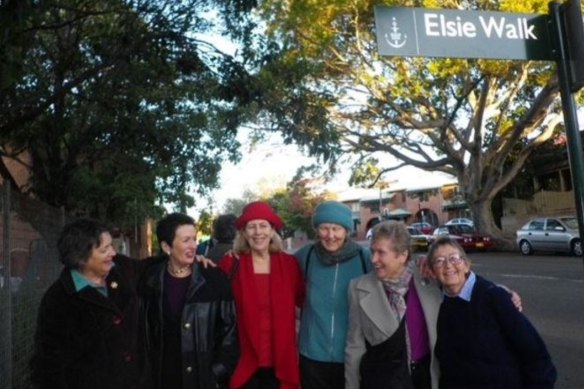
Elsie pioneers at the Glebe laneway christened in honour of the refuge and its legacy. From left, Annie Bickford, Lord Mayor of Sydney Clover Moore, Anne Summers, Margaret Power, Jozefa Sobszki and Sue Wills.
This engagement with feminism was soon being translated into a teaching and research agenda that broke new ground in the discipline at Sydney University. She scoured the archives to recover the voices of those women who had not overlooked the pivotal role of women in the economy. She drew upon this to developing a feminist teaching pedagogy that was formed around learning from women’s diverse experiences.
This amounted to a radical redrafting of the history of economic thought. With others, and most notably Carole Pateman, the eminent feminist political scientist, a new interdisciplinary unit of study was established: The Political Economy of Women.
Pateman has recalled that Margaret’s involvement introduced her to a whole new literature and way of thinking. There was nothing like it anywhere in economics departments around the world. The introduction of the unit of study faced some resistance, but it was eventually approved as an inter-department unit. Adopting an innovative pedagogy that engaged a large contingent of guests drawn from all works of life to share their experiences, The Political Economy of Women proved an enduring course of interest.
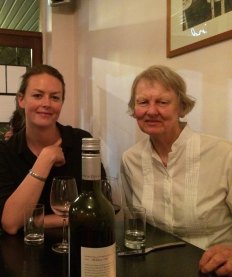
Margaret Power and her daughter Hannah “imbibing at a restaurant”.
This focus would define Margaret’s research which turned to exposing the structural inequities that disadvantage women. In a series of research publications beginning in 1974 and pursued over the next decade, Margaret highlighted the entrenched detrimental effects that the segregation of labour markets had for women in Australia.
This lifted the veil on the obstacles to women’s employment opportunities and the social and institutional pressures that constrained their labour force participation, channelling women into part-time and casual work and framing the blockages that frustrated career progression.
This was path-breaking research, equal to that being conducted by internationally renown researchers. The evidence on earnings differentials would anticipate equal pay campaigns. The focus on sex-typing of occupations would lead to claims for equal pay for work of comparable value. This would inform nurses’ claims that their work was undervalued. Work value reviews have recently been revisited by pre-school educators and aged care workers, alongside efforts to dismantle the sex-type occupation silos.
In 1979, in recognition of her academic standing, Margaret was invited to head the Office of the Status of Women, a position established by the Whitlam Labor government. Margaret commenced working in the office in 1980, but she failed to acclimatise to the Canberra political bubble, disliking the relentless haggling. She stepped down from the position, returning to Sydney in 1981.
The birth of her daughter, Hannah, in 1985, and the increasing demands of the university prompted Margaret to begin to exploring life paths beyond the university. In 1989, with her daughter approaching primary school age, Margaret negotiated a fractional appointment at Sydney University. She retired in 1994.
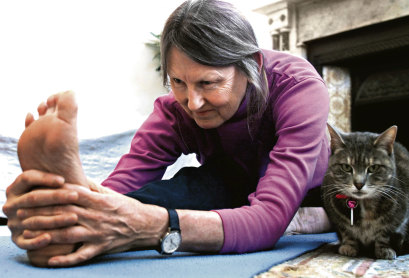
Margaret Power became a yoga teacher in middle age.Credit: Edwina Pickles
Earlier in her life, while travelling across Asia to Europe with her sister, Margaret developed a keen interest in India and yoga, and visited several times to participate in intensive courses for yoga teacher training. She soon began working as a yoga instructor conducting multiple classes each week. With further training, Margaret established herself as a yoga therapist, working one-on-one with students with complex health issues and developing tailored yoga programs. She developed and designed a fully accredited yoga-teaching training course focussed on raising the next generation of yoga therapy instructors.
In 2020, Margaret was diagnosed with multiple system atrophy. Early symptoms progressed rapidly, and she required increasing support for daily living, moving to an aged-care facility late that year. Her symptoms continued to progress over the past few years.
Margaret is survived by daughter Hannah, her brother D’Arcy, and her nephews and niece. She had a significant impact on the lives of many people as an academic, yoga instructor, and friend and family member.
The Morning Edition newsletter is our guide to the day’s most important and interesting stories, analysis and insights. Sign up here.